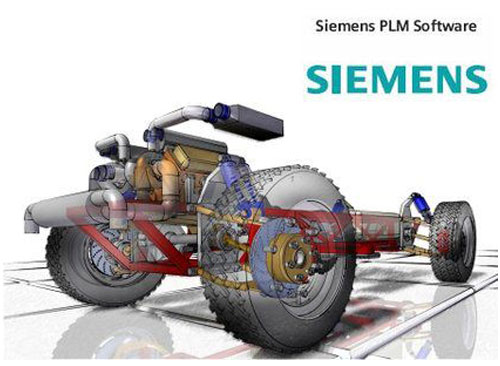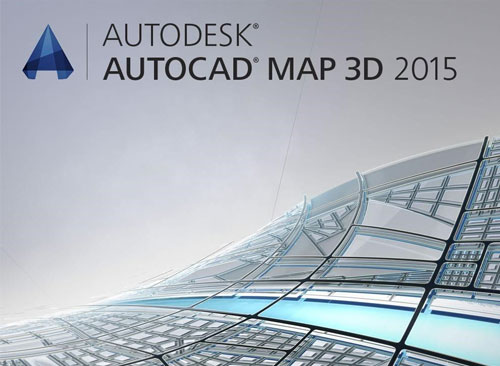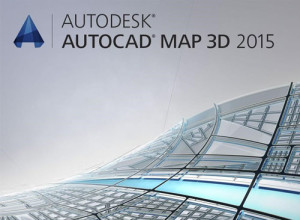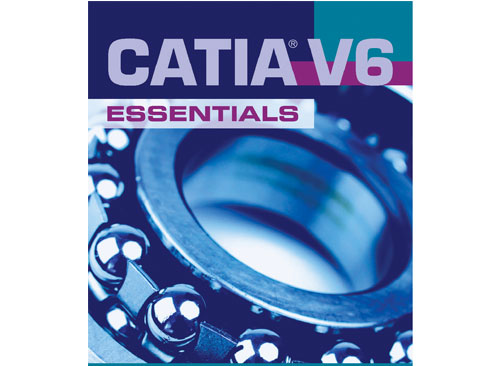 Differentiating oneself from others is a key strategy for winning. It holds true especially in any competitive job market, where the supply of talent is more but the demand for them is less.Passing out of a renowned institution can always help you stand out. But merely having a course completion certificate is not going to be enough. Obtaining a competency certificate from a vendor neutral testing agency can help employers spot you quickly.
Differentiating oneself from others is a key strategy for winning. It holds true especially in any competitive job market, where the supply of talent is more but the demand for them is less.Passing out of a renowned institution can always help you stand out. But merely having a course completion certificate is not going to be enough. Obtaining a competency certificate from a vendor neutral testing agency can help employers spot you quickly.
In engineering and technical education, students undergo training in many Computer Aided Design (CAD) and project management software, usually from private institutes. In a typical interview scenario, employers would conduct tests to know how well students have learnt what modules of which software. If a competency certificate is in place, it eliminates this process, and makes clearing the technical interview a stress free exercise for candidates. Besides, employers are saved from expending time and effort to make sure that they are not miss-hiring.While a course completion certificate tells employers that you have completed a course successfully, a competency certificate assures them that you have mastered the subjects of the course expertly. With proper effort, obtaining a competency certification for a chosen domain, module of software can be easy. However, finding a vendor-neutral testing agency, whose certification is respected and recognized by the industry, is not. We do not have enough testing agencies in the first place. Competency certification is a new concept in India. In this context, CADD Centre, has launched CCube (short for CADD Centre Certification Program), a vendor-neutral testing and competency testing and certification services. The mission of CCube is to increase the reach of testing and competency certification services to students and professionals. CCube fills a crucial gap by being a vendor-neutral agency, testing competency of students on widely used engineering and project management software products.
CCube competency tests are conducted on all major software products that come from the stable of global companies such as AutoCAD, CREO, SolidWorks, Ansys, Revit Architecture, Staad.Pro, Microsoft Project, and Primavera. Applicable for job aspirants and professionals of all engineering streams including Civil, Mechanical, Electrical and Electronics, besides project management. You will have to choose your engineering software or software module or a project management concept/software, prepare well, and take a 60-minute online test in your nearest CCube authorized CADD Centre. Your certification is issued instantly. CCube certificates are highly valuable competency certificates which are a genuine testament to your expertise in a particular module. CCube certificates are awarded only after an extensive assessment of your deep insight and industry readiness which are true hallmarks of competency.
Taking the extra effort to obtaining a competency certification can go a long way in you realizing your goal of gaining employment or advancing your career in an industry of your choice. CCube certification helps you stand out from your peers as it is a true ratification of your competence and genuine expertise. The CCube certificates add recognition to your resume, highlights your dedication to continuous skill development, shows the clarity of purpose in your chosen career path and gives you a head-start in the highly competitive job market.
There are no eligibility criteria for taking up any of the examinations. If you want to evaluate yourself on the knowledge level of a particular software or module and test your competency, you can go ahead and take up the online CCube competency exam any time. In a way, competency certificate is democratizing education – that is, you do not have to have any degree or any other courses offered either by any formal or informal institutions.
All you need to have is a real exposure and expertise in the software. In other words, there are no qualifications whatsoever required for you to take the test and get certified. Still, a competency certification can take you to places where a course completion certificate may not.
CADD Centre’s CCube specifications map to several specific job roles and employers “WILL” be confident that you posses the right skill set they want. Although CCube certification might not be the only factor in your landing a job or a contract, it certainly gives you an edge over your competition as it has a brand advantage as a specialized wing of the CADD Centre, which is a pioneer and an industry leader.
Prove your high degree of specialization, sound knowledge and expertise in CAD/CAM/CAE and Project Management software with a third party competency certification offered by CCUBE. Exams are conducted on all days of the week except national holidays. There will be 6 sessions per day through from 9AM to 6PM. We use a modern and systematic grading system in order to evaluate the competency of the candidates with the highest grade being an “A” grade.
You will receive a free forum account were you can connect to various technical experts.
You will also be able to download a unique CCube logo that is attached to your registration number. This can be used in your resume, blog, profile etc.
Find more details and location of a CCUBE Authorized Testing Center nearest to you at www.ccube.asia / Contact : +91 89255 35550
 India produces more engineers than America. One statistics say that India churns out at least 5 times as many engineers as the U.S. But that does not mean that the skills imparted to our engineers and the ones to their American counterparts are the same.
India produces more engineers than America. One statistics say that India churns out at least 5 times as many engineers as the U.S. But that does not mean that the skills imparted to our engineers and the ones to their American counterparts are the same.







